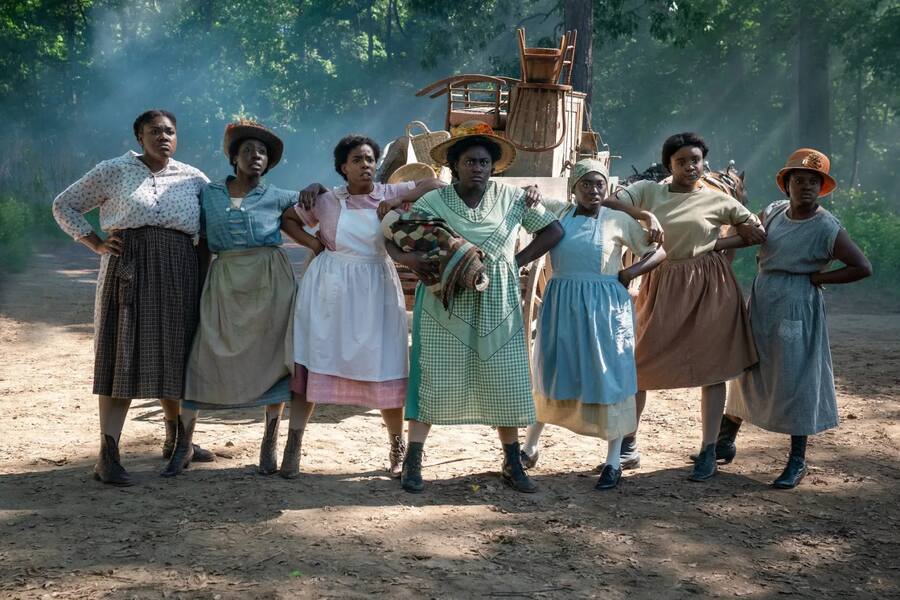In the summer of 1990, grandparents, aunts, uncles, and cousins gathered for the Gardley family reunion. Some were familiar and others were introduced for the first time, but it was the film The Color Purple helped bridge the gap. Of course, playwright Marcus Gardley and the other children were dismissed to play in the backyard, the movie deemed too mature for young eyes. But the then 13-year-old stealthily peered through the window to find out why his parents and all the other adults in the room had tears in their eyes. Little did he know he would be telling that story one day, recreating a similar effect for another generation.
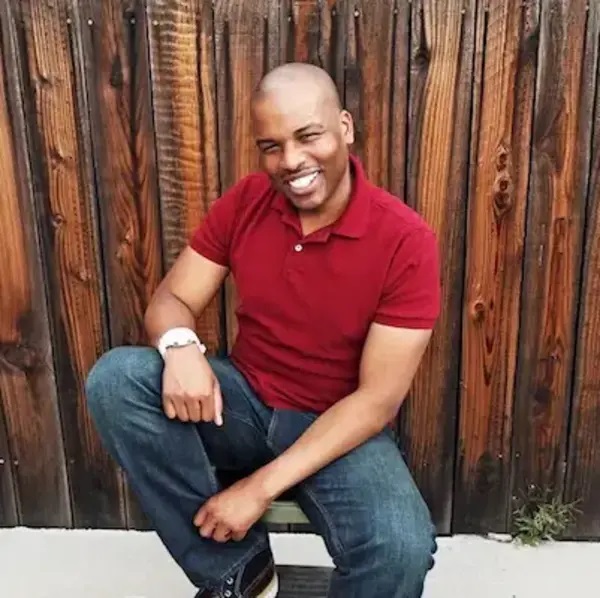
Gardley’s family has always played a role in the writer’s work. He frequently finds himself writing characters based on those in his bloodline who raised him. As the playwright of the 2019 Obie-winning drama The House That Will Not Stand and a writer on such television shows like The Chi and The Foundation, Gardley has a way of digging up family history and passing down stories while “adding his own thread to it,” he recalled in an interview.
A piece of advice from his great grandmother inspired his play …and Jesus Moonwalks the Mississippi. Gardley listened over the years as her account of how her father freed himself from slavery added or omitted bits and pieces every time she retold it. But she knew what she was doing, Gardley said, recalling her saying, “How boring would it be to retell the same story the same way every time?” That gave him license to begin weaving his own personal threads into classic stories: some that audiences knew and recognized, and others they were hearing for the first time.
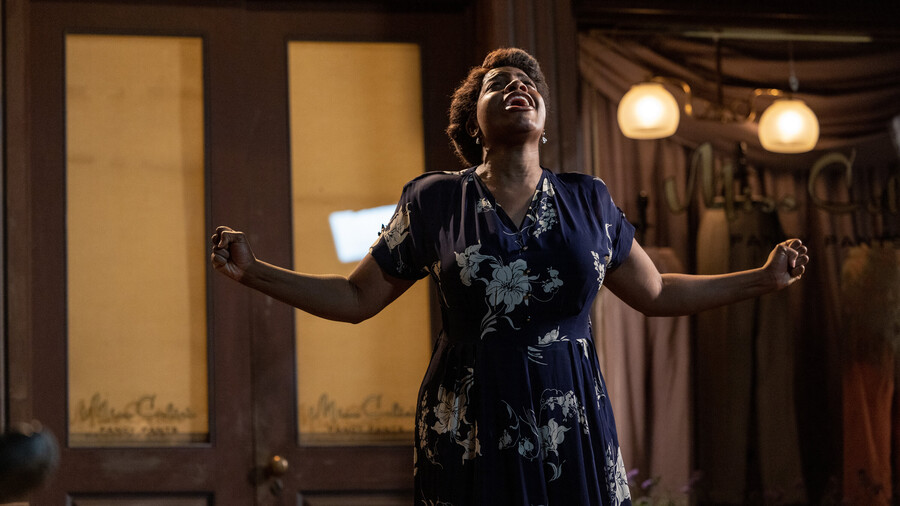
You can follow that thread through The Color Purple, a musical film that broke holiday box office records when it was released in late 2023. This version was adapted from the stage musical, as well as from the film Gardley saw his family crying over when he was 13. It’s common advice to not fix something that isn’t broken. While The Color Purple certainly didn’t need fixing, Gardley’s screenplay did manage to put a fresh spin on Alice Walker’s original story.
Gardley’s script used imagination to help audiences reexamine Celie’s journey, focusing on the elements that kept her alive rather than the forces that held her back. He initially wanted to stay true to the African American realism of his stage work, but soon found himself inspired by the stylistic choices of some of his favorite writers, including Gabriel García Márquez, Toni Morrison, and William Faulkner, “all of whom embraced magical realism as a way of showing both the heightened parts of human nature in contrast with the more realistic moments of one’s life,” Gardley said. “I find that moments of hyperrealism allow audiences to feel the full weight of what characters are going through. I also try to balance some of these heightened moments with poetic language and startling visual imagery.”
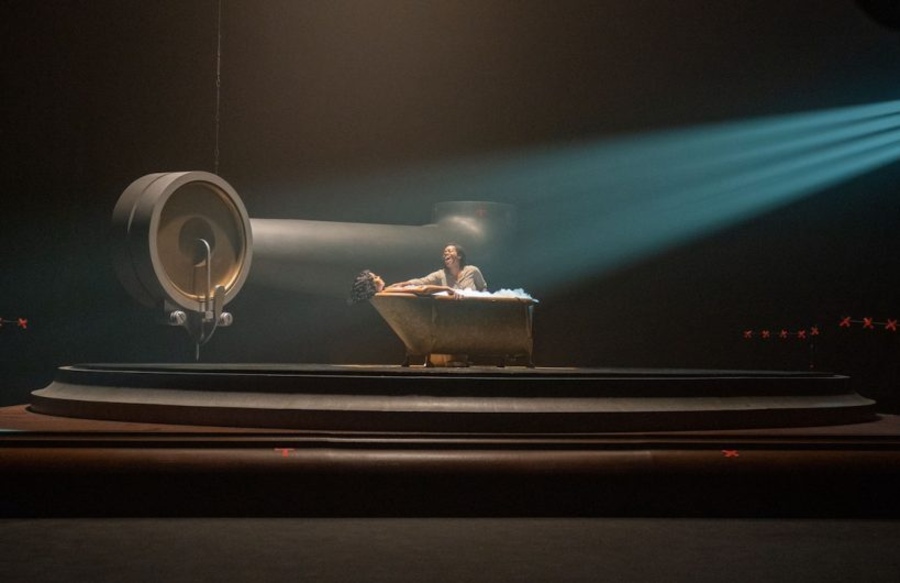
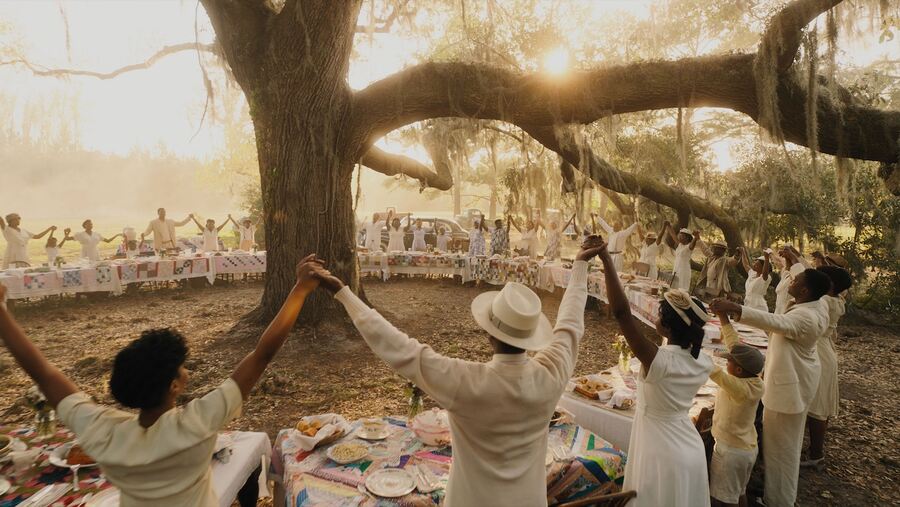
This is evident on screen in intimate moments when Celie loses herself in her imagination of what could be, but always manages to find her way back to reality.
Without realizing it, Gardley had been preparing to write this adaptation for most of his life. After that initial glimpse of the film through the window, he ran to the Oakland, Calif., public library to steal the novel. Why didn’t he just borrow it? The librarians told him he was too young to check the book out himself, and his older brother wouldn’t check it out for him.
“I stole it, which I am ashamed to say—but I did bring it back,“ Gardley said, laughing. Once the novel was in his hands, it was impossible to put down. “It’s like you’re reading somebody’s diary entries. You almost feel like you found it.”
The hardcover novel was not enough to satisfy Gardley’s Purple appetite. Between the original 2005 Broadway production of the musical, which had a book by Marsha Norman, and the acclaimed 2015 revival, Gardley said he saw that version of the musical a full 13 times (he has the Playbills to back up that number). “I thought it was impossible to turn that book into a staged show,” he said. “So seeing the magic of how they took the book into its own fully realized thing was really remarkable to me.”


He crossed paths with the new film’s production team while working on another HBO project that never made it to the screen. That introduction laid the foundation with Oprah Winfrey and her production company. “They told me, ‘We want to be transparent with you, we are looking for a Black woman to write this story, but Oprah spoke highly of you.’” Without hesitation, Gardley got to work and eventually landed the job.
As he delved deeper into the story, Gardley considered a few central questions. He recalled wondering: “Can anyone go beyond redemption? Are there limits to forgiving another human being? And when all hope is lost, can one find determination in one’s self against all odds?” Gardley stuck to the same story, but looked for new ways that today’s audiences could still resonate with the 1983 novel.
When the film opened, Variety magazine reported that it had the largest Christmas Day opening for a movie since 2009. Gardley recalled hearing from several viewers that the film helped bridge the gaps between their broken families, bringing them closer after years of distance and silence. Though it received mostly positive reviews from critics, it also earned some flak for the ways in which the story strayed from previous iterations. Gardley spoke in particular about the criticism he received for omitting the line, “You sho is ugly,” spoken by Shug Avery to Celie. The words appeared in Gardley’s script, in fact, but were replaced with a condescending look on screen. Whether the creative decision came from Taraji P. Henson, who played Shug, or from director Blitz Bazawule, Gardley said he thinks the beat was still felt, even without the spoken line. Likewise, some critics felt the depiction of the love story between the two women was lacking.
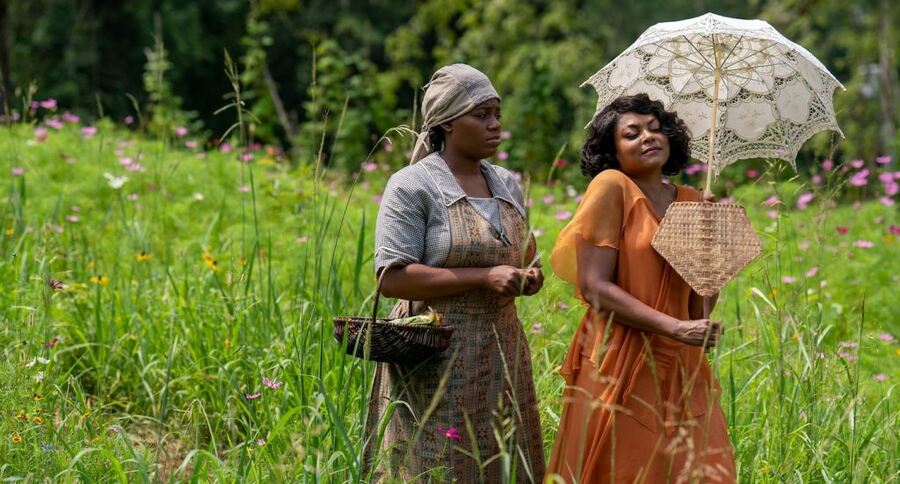
Of course, when weaving your own thread into an existing pattern, not every stitch fits. Gardley shared some ideas of his that never made it to the silver screen: He initially wanted to have the church ladies narrate the story, as in the stage production. Despite their great working relationship and collaboration, Bazawule rejected the concept. Why, he wondered, would the church women stand by and allow Celie to be abused if they are experiencing the story with her?
Gardley also noted that he fought to include the reunification scene between blues singer Shug and her conservative minister father. Some audiences in 1985, sharing that minister’s chilly views of same-sex relationships, raised their eyebrows at the moment in the film when, as a church choir sings “God is trying to tell you something,” Shug hugs her father and whispers, “See, Daddy, sinners have souls too.” But Gardley’s parents demanded that it be included in his iteration.
He rewrote the scene 36 times and sent two dozen emails advocating for it, but the line didn’t make it into the final cut. Then, after studio executives watched the film, they felt its absence, and finally agreed to reshoot the scene—an expensive decision, but a vindication of the writer’s intuition. It was a moment, Gardley said, where he “let go and let God.”
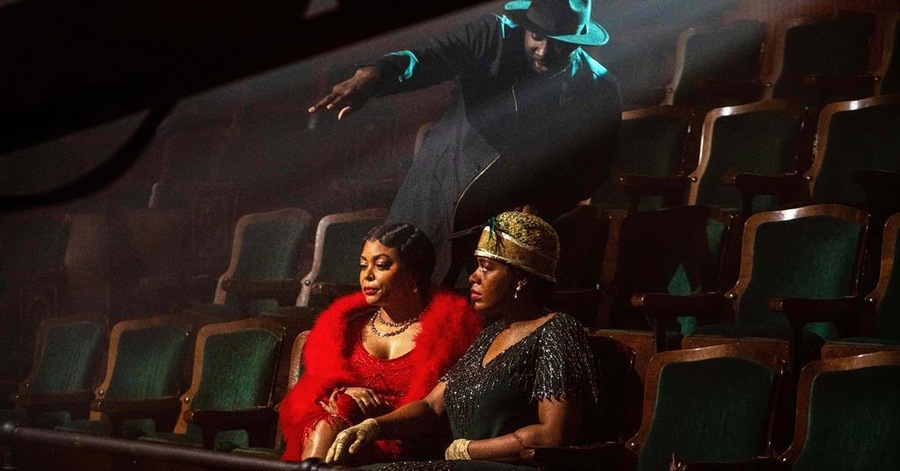
These days Gardley continues to put his own spin on new stories. Though it has not yet been confirmed, he mentioned ongoing conversations about the possibility of a Broadway run for The House That Will Not Stand, which, Gardley said, would be a dream come true. Meanwhile, he is writing a musical about the painter Jean-Michel Basquiat with John Legend and developing a film about the famous debate between James Baldwin and William F. Buckley Jr. with Janelle Monáe.
A successful adaptation takes courage and risk, no less than an original play, Gardley said. “Remounting anything or adapting anything, even if you are telling a story from scratch, requires risk. So if you’re going to do it, you might as well put it all out there.”
Rachelle Legrand (she/her) is a writer based in Michigan.

